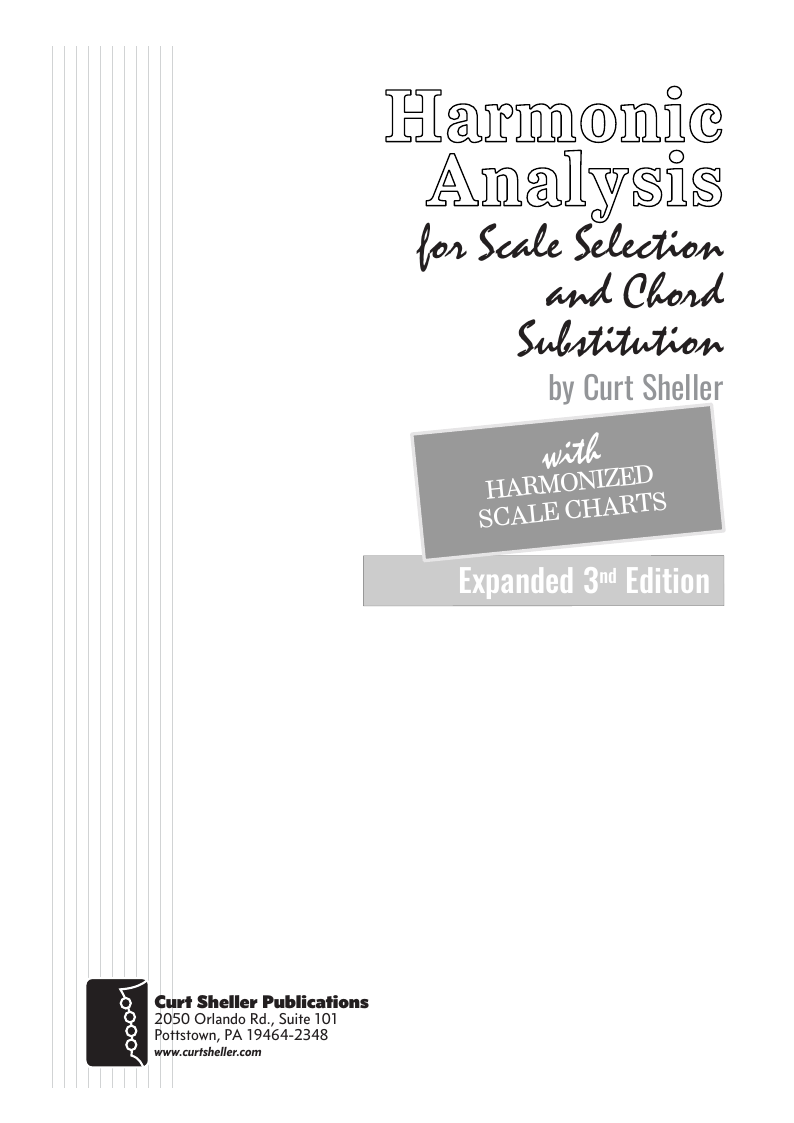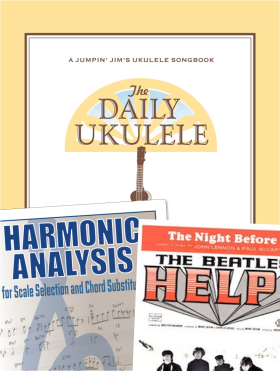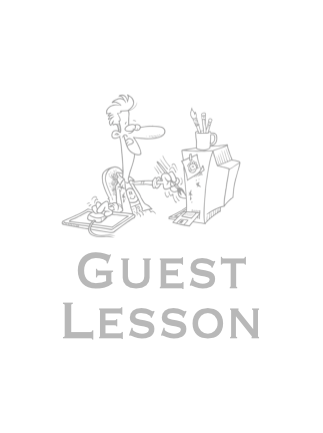Harmonic Analysis (RMA) Worksheet for the song: "The Night Before".
Harmonic Analysis (RMA) Worksheet for the song: The Night Before.
The Night Before is a song by the English rock band the Beatles from their 1965 film Help! and soundtrack album of the same name. It was written primarily by Paul McCartney and credited to the Lennon–McCartney partnership. Described as a pop rock or rock and roll song, its lyrics reflect on the singer's last night with his lover before being abandoned.
Recorded in February 1965, "The Night Before" was the first Beatles song to feature electric piano, played by John Lennon. Its film sequence was shot the following May, showing the band miming to the track on Salisbury Plain. The Beatles only played the song live once, during their final BBC Radio performance. In contemporary interviews, McCartney said that it was one of his favorite songs from the Help! film and one of the Beatles' best recordings up to that point. Critics have given it mixed reviews, with some praising it while others dismiss it as insignificant. Many fans consider it one of the Beatles' best early songs. George Martin, Herbie Mann, Josie Cotton, and Restless Heart are among the artists who have covered it. (wikiwand);
That’s Paul again.I’ll just say it’s Paul, meaning I don’t remember anything about it except it was in the movie Help!— John Lennon

The Daily Ukulele— 365 Songs for Better Living book.













C: G Ionian
G Mixolydian: G A B C D E F G' scale can be used over this progression to give it that blusey/R&B feel of the original.
Repeat of line one.
IV7
( V of VI)
The Bb , a bIII is straight out of the G Blues/G Aeolian tonality, sticking with the feel of the song.
D.C. al Coda
Em7 is a Double Function chrord, the III in the Key of C – the key of the modulation. And, also the II of the Secondary Dominant V of V , getting the song back to the key of the song.
A Harmonic Analysis (RMA/HA) and its worksheet are intended to show the function of the chords, the harmonic principles used, the keys and tonalities the song explores. And, can be used for scale selections and chord and scale substitutions.
lead leadsheet.Minimal roadmap information such as repeats, fine, D.S., D.C., and codas has been used in preparing the worksheets to somewhat mirror the leadsheet in the Daily Ukulele book.
Yellow Book. You should start to recognize that 1st endings typically always return to a previous verse or an
 section. With a 2nd ending, a transition to a different part of the song, a
section. With a 2nd ending, a transition to a different part of the song, a  or chorus. Harmonic Principles are used for these repeats and transitions.
or chorus. Harmonic Principles are used for these repeats and transitions.- The Night Before is in 4/4, Common Time and the Key of G . The original is in the Key of D , Tempo: 174 bpm
- Full Diatonic
- Partial Diatonic • Full Diatonic includes Secondary Dominant chords
- Internal Modulation

- The Night Before has strong Blues/R&B feel. Bb Blues/G Pentatonic are great scale choices.
Contemporary Scales: Minor Pent: Minor Pentatonic, Pent: Major Pentatonic, Blues,
Scale/Mode Names: Ion: Ionian (Major), Dor: Dorian (Minor), Phrygian: Phrygian, Lyd: Lydian, Mix: Mixolydian (Dominant), Aeol: Aeolian (Natural Minor), Loc: Locrian


Intro
Th intro is a eight bar, chord into G F C D7 — the first four chords of the song. The song is in Cut Time so it quick and will feel as if it's in four and only four bars.
Solo
The solos is doubled and most likely was played in unison by George Harrison and Paul McCartney.
- (wikiwand) The Night Before
- The Beatles Bible: The Night Before
- The Night Before •
Related Lessons, Videos, Lesson Series, Songs, Books & Reference Charts, Resources & Assets, Workshops are below.

Harmonic Analysis ( HA ) is the process used to determine the harmonic function of chords within a chord progression. A chord progression is defined as a sequence of chords, each chord has a root and has a particular chord type. The relationship of a chord's root to a scale determines its function within that scale's tonality. Once a chord's function is identified, scale selections along with chord and scale substitutions can be made. This process is called Root Movement Analysis ( RMA ). This series of lessons are extracted from my book for use with individual private and on-line students. Each lesson directly corresponds the chapters in my book Harmonic Analysis for Scale Selection and Chord Substitution by Curt Sheller (me).

Harmonic Analysis (HA), also known as the study of chord relationships, is the method used to identify the harmonic role of chords within a chord progression or song. A chord progression refers to a sequence of chords, with each chord having a root note and belonging to a specific chord type. The function of a chord within a particular scale's tonality is determined by its relationship to that scale.

Harmonic Analysis is the understanding of the functional sequence of chords. It is the process used to analyze the harmonic structure of a progression, song or composition. This analysis is then used to make scale selections for improvisation and chord substitution.

Strum a different song every day with easy arrangements of 365 of your favorite songs in one big songbook! The Daily Ukulele features ukulele arrangements with melody, lyrics and uke chord grids and are in ukulele-friendly keys that are particularly suited for groups of one to one hundred to play and sing.

Learn a variety of strums and rhythmic patterns in wide range of musical styles. One of the first skills a ukulele player learns is the art and craft of strumming, playing rhythm. This refers to an accompaniment technique suitable for the singer, singer - songwriter or someone who plays a support role for another instrument.

Finally, learn the names of the notes of the ukulele fingerboard in C tuning .

Learn the six fingering principles to navigating the ukulele fingerboard. Fingering is one of the most universal topics. Book: Six Secrets of the Ukulele Fingering

Harmonic Analysis is the understanding of the functional sequence of chords. It is the process used to analyze the harmonic structure of a progression, song or composition. Book: Harmonic Analysis for Scale Selection and Chord Substitution

Learn to read single note melodies in the first/open position is a lot easier than you might think. Book: Ukulele – Reading Music Series – Primer

An organized collection of daily practice and reference material for the contemporary ukulele player for developing the vocabulary and knowledge necessary for single note playing. Book: Daily Practice Material for the Contemporary Ukulele
Checkout the Books & Reference Charts for additional Handy, Dandy Reference Charts.

Ukulele Fingerboard Chart for C Tuning, Low or High G – G C E A

Ukulele Fingerboard Chart for G Tuning, Low or High A – D G B E

A handy reference chart of all 15 major and relative minor key signatures. US Letter 8.5 x 11 sized (ANSI-A), A4
Checkout the Books & Reference Charts for additional Handy, Dandy Reference Charts.








.jpg)